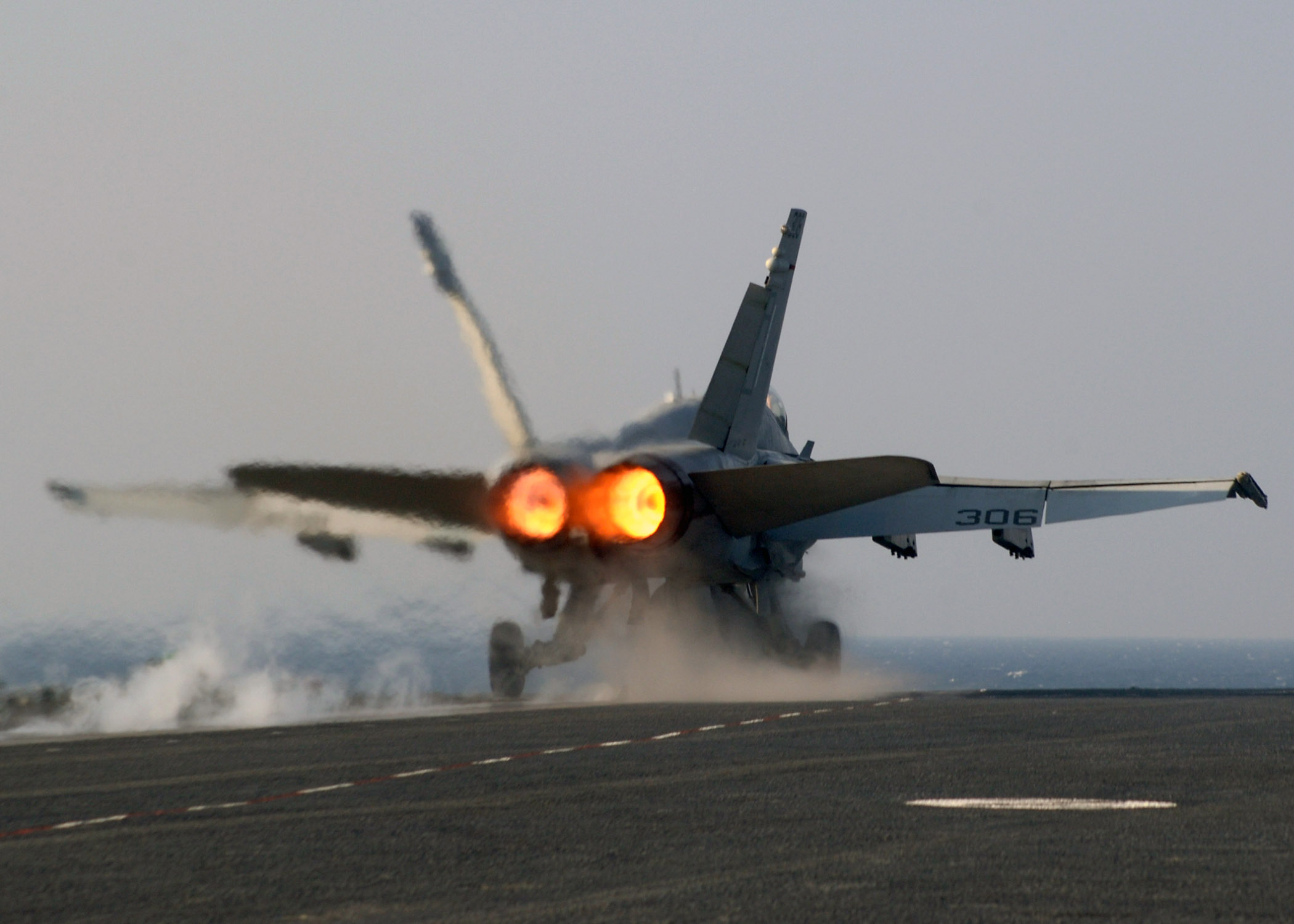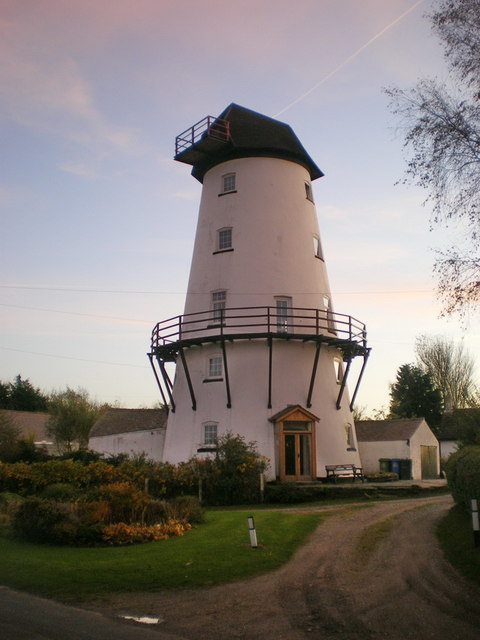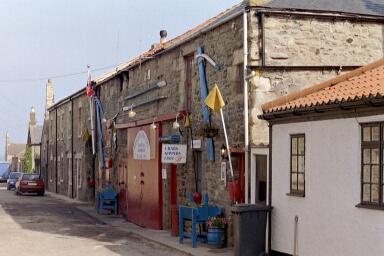|
List Of Accidents And Incidents Involving The English Electric Lightning
This is a list of accidents and incidents involving the English Electric Lightning twin-engined interceptor and multi-role fighter. The main operator of the Lightning was the Royal Air Force but it was also operated by the Royal Saudi Air Force and the Kuwait Air Force. 1950s ;1959 *1 October 1959 – Prototype Lightning T4 serial number ''XL628'' was abandoned over the Irish Sea after control was lost when the fin collapsed. The test pilot ejected and was initially reported missing until he and his dinghy drifted ashore 28 hours later. 1960s ;1960 *5 March 1960 – Pre-production Lightning ''XG334'' of the Air Fighting Development Squadron was abandoned when the landing gear jammed and it crashed off Wells-next-the-Sea, Norfolk. *16 December 1960 – Royal Air Force Lightning F1 ''XM138'' of the Air Fighting Development Squadron was damaged beyond repair by fire after landing at RAF Coltishall when a fire bottle exploded. ;1961 *28 June 1961 – Lightning F1A ''XM185'' of No. ... [...More Info...] [...Related Items...] OR: [Wikipedia] [Google] [Baidu] |
English Electric Lightning
The English Electric Lightning is a British fighter aircraft that served as an interceptor during the 1960s, the 1970s and into the late 1980s. It was capable of a top speed of above Mach 2. The Lightning was designed, developed, and manufactured by English Electric, which was later merged into the newly-formed British Aircraft Corporation. Later the type was marketed as the BAC Lightning. It was operated by the Royal Air Force (RAF), the Kuwait Air Force (KAF), and the Royal Saudi Air Force (RSAF). A unique feature of the Lightning's design is the vertical, staggered configuration of its two Rolls-Royce Avon turbojet engines within the fuselage. The Lightning was designed and developed as an interceptor to defend the V bomber airfields from attack by anticipated future nuclear-armed supersonic Soviet bombers such as what emerged as the Tupolev Tu-22, but it was subsequently also required to intercept other bomber aircraft such as the Tupolev Tu-16 and the Tupole ... [...More Info...] [...Related Items...] OR: [Wikipedia] [Google] [Baidu] |
Afterburner
An afterburner (or reheat in British English) is an additional combustion component used on some jet engines, mostly those on military supersonic aircraft. Its purpose is to increase thrust, usually for supersonic flight, takeoff, and combat. The afterburning process injects additional fuel into a combustor in the jet pipe behind (''i.e.'', "after") the turbine, "reheating" the exhaust gas. Afterburning significantly increases thrust as an alternative to using a bigger engine with its attendant weight penalty, but at the cost of increased fuel consumption (decreased fuel efficiency) which limits its use to short periods. This aircraft application of "reheat" contrasts with the meaning and implementation of "reheat" applicable to gas turbines driving electrical generators and which reduces fuel consumption. Jet engines are referred to as operating ''wet'' when afterburning and ''dry'' when not. An engine producing maximum thrust wet is at ''maximum power,'' while an e ... [...More Info...] [...Related Items...] OR: [Wikipedia] [Google] [Baidu] |
Pilling
Pilling is a village and civil parish within the Wyre borough of Lancashire, England. It is north-northeast of Poulton-le-Fylde, south-southwest of Lancaster and northwest of Preston, in a part of the Fylde known as Over Wyre. The civil parish of Pilling, which includes the localities of Stake Pool, Scronkey and Eagland Hill, had a total resident population of 1,739 in 2001, increasing to 2,020 at the 2011 Census. Populations in the 19th century ranged from 1,281 in 1851 to 1,572 in 1871. Etymology Eilert Ekwall suggests the name is Celtic, linking it with the Welsh place-name element "Pîl" (rendered as Pyl in Old English). This etymology would suggest the settlement started as a tidal inlet used as a harbour. Ekwall suggested the geography of Pilling may be "accurately described as a pill". The name appears as ''Pylin'' in 1246 and, if the name is indeed Celtic in origin, the termination is almost certainly the same as the common Welsh diminutive suffix "-yn", gi ... [...More Info...] [...Related Items...] OR: [Wikipedia] [Google] [Baidu] |
RAF Binbrook
Royal Air Force Binbrook or RAF Binbrook was a Royal Air Force station, now closed, located near Binbrook, Lincolnshire, England. The old domestic site (married quarters) has been renamed to become the village of Brookenby. RAF Binbrook was primarily used by Bomber Command in the Second World War. The Central Fighter Establishment moved to Binbrook from RAF West Raynham between 1959 and 1962 and two English Electric Lightning squadrons were stationed there between 1965 and 1988. History Bombers RAF Binbrook was opened as a Bomber Command station in June 1940 during the Second World WarHalpenny 1991, p. 42. and home to No. 12 Squadron RAF, with Vickers Wellington Mk II and III, between 3 July 1940 and 25 September 1942 before it moved to RAF Wickenby. Another squadron stationed at Binbrook before 1942 was 142, with the Fairey Battle, from 3 July 1940 to 12 August 1940 and from 6 September 1940 to 26 November 1941 when it moved to RAF Waltham. The squadron used the Battle unti ... [...More Info...] [...Related Items...] OR: [Wikipedia] [Google] [Baidu] |
RAF Lossiemouth
Royal Air Force Lossiemouth or more commonly RAF Lossiemouth is a military airfield located on the western edge of the town of Lossiemouth in Moray, north-east Scotland. Lossiemouth is one of the largest and busiest fast-jet stations in the Royal Air Force and known for its close proximity to flight training areas in Scotland and its favourable local flying conditions. Since the closure of RAF Leuchars in 2015, Lossiemouth is the only operational RAF station in Scotland and is one of two main operating bases for the Eurofighter Typhoon FGR4 in the United Kingdom. It is home to four front-line fast jet units which operate the Typhoon: No. 1 Squadron, No. 2 Squadron, No. 6 Squadron and No. 9 Squadron. All four Squadrons contribute to the Quick Reaction Alert (Interceptor) North capability which provides continuous protection of UK airspace. It is also home to No. 120 Squadron and No. 201 Squadron, both flying the Poseidon MRA1 in the maritime patrol role. It has also be ... [...More Info...] [...Related Items...] OR: [Wikipedia] [Google] [Baidu] |
RAF Akrotiri
RAF Akrotiri ( el, Βασιλική Πολεμική Αεροπορία Ακρωτηρίου) is a large Royal Air Force base on the Mediterranean island of Cyprus. It is located in the Western Sovereign Base Area, one of two areas which comprise Akrotiri and Dhekelia, a British Overseas Territory, administered as a Sovereign Base Area. The station commander has a dual role and is also the officer commanding the Akrotiri or Western Sovereign Base Area, reporting to the commander of British Forces Cyprus who is also the Administrator. History RAF Akrotiri was first constructed in the mid-1950s to relieve pressure on the main RAF station on the island, RAF Nicosia. Suez Crisis In late 1956, relations between the United Kingdom and Egypt had reached a crisis. The Suez Crisis saw a further increase in the strength of RAF forces in Cyprus. Akrotiri was mainly an airfield for fighter, photo reconnaissance and ground attack aircraft. Its regular squadrons of Gloster Meteor nig ... [...More Info...] [...Related Items...] OR: [Wikipedia] [Google] [Baidu] |
Westland Whirlwind (helicopter)
The Westland Whirlwind helicopter was a British licence-built version of the U.S. Sikorsky S-55/H-19 Chickasaw. It primarily served with the Royal Navy's Fleet Air Arm in anti-submarine and search and rescue roles. Design and development In 1950, Westland Aircraft, already building the American Sikorsky S-51 under licence as the Westland Dragonfly, purchased the rights to manufacture and sell Sikorsky's larger Sikorsky S-55 helicopter. While a Sikorsky-built pattern aircraft was flown by Westland in June 1951, converting the design to meet British standards (including the provision of a revised main-rotor gearbox), was time consuming,James 1991, pp.320–321. and the first prototype British aircraft, registered ''G-AMJT'', powered by the 600 hp Pratt & Whitney R-1340-40 Wasp did not fly until August 1953.James 1991, p.322. This was followed by ten Whirlwind HAR.1s, which entered service shortly afterwards. They served in non-combat roles, including search and res ... [...More Info...] [...Related Items...] OR: [Wikipedia] [Google] [Baidu] |
Warton Aerodrome
Warton Aerodrome is located in Warton village on the Fylde in Lancashire, England. The aerodrome is west of Preston, Lancashire, UK. Today the airfield is a major assembly and testing facility of BAE Systems Military Air & Information. It is also part of Lancashire Enterprise Zone. Warton Aerodrome has a CAA Ordinary Licence (Number P748) that allows flights for the public transport of passengers or for flying instruction as authorised by the licensee (BAE Systems (Operations) Limited). History Establishment and military use In 1940 new runways were built at Warton so that it could act as a "satellite" airfield for the RAF Coastal Command station at Squires Gate airfield in Blackpool. The airfield was first operated as an air depot of the United States Army Air Forces (USAAF) during World War II, as thousands of aircraft were processed on their way to active service in Britain, North Africa, the Mediterranean and mainland Europe. It hosted the 402d Air Depot, later the 4 ... [...More Info...] [...Related Items...] OR: [Wikipedia] [Google] [Baidu] |
Northumberland
Northumberland () is a county in Northern England, one of two counties in England which border with Scotland. Notable landmarks in the county include Alnwick Castle, Bamburgh Castle, Hadrian's Wall and Hexham Abbey. It is bordered by land on three sides; by the Scottish Borders region to the north, County Durham and Tyne and Wear to the south, and Cumbria to the west. The fourth side is the North Sea, with a stretch of coastline to the east. A predominantly rural county with a landscape of moorland and farmland, a large area is part of Northumberland National Park. The area has been the site of a number of historic battles with Scotland. Name The name of Northumberland is recorded as ''norð hẏmbra land'' in the Anglo-Saxon Chronicle, meaning "the land north of the Humber". The name of the kingdom of ''Northumbria'' derives from the Old English meaning "the people or province north of the Humber", as opposed to the people south of the Humber Estuary. History ... [...More Info...] [...Related Items...] OR: [Wikipedia] [Google] [Baidu] |
Seahouses
Seahouses is a large village on the North Northumberland coast in England. It is about north of Alnwick, within the Northumberland Coast Area of Outstanding Natural Beauty. Attraction Seahouses attracts many visitors, mainly from the north east area. However national and international tourists often come to Seahouses whilst visiting the Northumberland National Park, Northumberland Coast and the Farne Islands. Seahouses also has a working fishing port, which also serves the tourist trade, being the embarkation point for visits to the Farne Islands. From shops in the town and booths along the harbour, several boat companies operate, offering various packages which may include ''inter alia'' landing on at least one Farne, seeing seals and seabirds, and hearing a commentary on the islands and the Grace Darling story or scuba diving on the many Farne Islands wrecks. Grace Darling's brother is buried in the cemetery at North Sunderland. He died in 1903, aged 84. The current Seahouse ... [...More Info...] [...Related Items...] OR: [Wikipedia] [Google] [Baidu] |
Imperial War Museum
Imperial War Museums (IWM) is a British national museum organisation with branches at five locations in England, three of which are in London. Founded as the Imperial War Museum in 1917, the museum was intended to record the civil and military war effort and sacrifice of Britain and British Empire, its Empire during the First World War. The museum's remit has since expanded to include all conflicts in which British or Commonwealth forces have been involved since 1914. As of 2012, the museum aims "to provide for, and to encourage, the study and understanding of the history of modern war and 'wartime experience'." Originally housed in the Crystal Palace at Sydenham Hill, the museum opened to the public in 1920. In 1924, the museum moved to space in the Imperial Institute in South Kensington, and finally in 1936, the museum acquired a permanent home that was previously the Bethlem Royal Hospital in Southwark. The outbreak of the Second World War saw the museum expand both its coll ... [...More Info...] [...Related Items...] OR: [Wikipedia] [Google] [Baidu] |
Imperial War Museum Duxford
Imperial War Museum Duxford is a branch of the Imperial War Museum near Duxford in Cambridgeshire, England. Britain's largest aviation museum, Duxford houses the museum's large exhibits, including nearly 200 aircraft, military vehicles, artillery and minor naval vessels in seven main exhibition buildings.For a list of aircraft, vehicles and boats at Duxford, see The site also provides storage space for the museum's other collections of material such as film, photographs, documents, books and artefacts. The site accommodates several British Army regimental museums, including those of the Parachute Regiment (named '' Airborne Assault'') and the Royal Anglian Regiment. Based on the historic Duxford Aerodrome, the site was originally operated by the Royal Air Force (RAF) during the First World War. During the Second World War Duxford played a prominent role during the Battle of Britain and was later used by United States Army Air Forces fighter units in support of the daylight ... [...More Info...] [...Related Items...] OR: [Wikipedia] [Google] [Baidu] |








